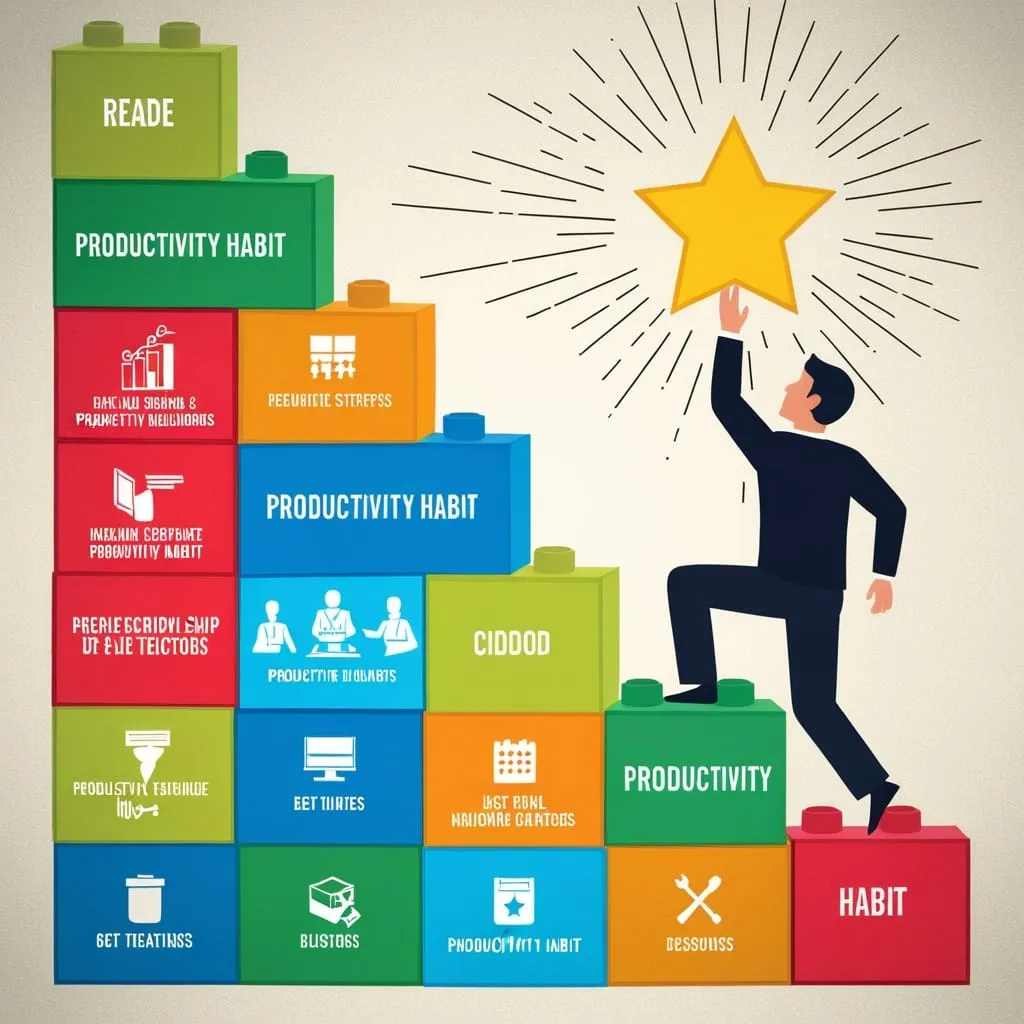Work-Life Balance: The Power of a Shutdown Ritual
In our always-connected world, finding a balance between work and personal life can feel like an uphill battle. The lines blur, especially when working from home or remotely. We're constantly bombarded with notifications, emails, and the nagging feeling that we should be doing more. But what if there was a simple way to reclaim our time and sanity? Enter the shutdown ritual - a game-changer for anyone looking to draw a line between their professional and personal lives.
Think about it. How many times have you found yourself answering work emails at the dinner table or brainstorming project ideas when you should be relaxing with family? It's a common struggle, but it doesn't have to be this way. A shutdown ritual is your secret weapon against the never-ending workday.
So, what exactly is a shutdown ritual? It's not just about closing your laptop and calling it a day. It's a deliberate set of actions that signal to your brain that work time is over. It's like telling your mind, "Hey, we're done with work stuff. Time to switch gears!"
The beauty of a shutdown ritual is its simplicity and effectiveness. It helps create a mental barrier between work and personal time, allowing you to fully engage in your life outside of work. No more half-present conversations with loved ones while your mind wanders to unfinished tasks.
One of the biggest perks of a shutdown ritual is how it tackles stress and anxiety. You know that nagging feeling of forgetting something important or the constant mental to-do list running in the background? A shutdown ritual helps quiet that noise. By taking a few minutes to review what you've done and what's still on your plate, you're giving your brain the closure it craves.
Imagine ending your workday by jotting down your accomplishments and planning for tomorrow. It's like hitting the save button on your day. You're less likely to wake up in the middle of the night in a panic about a forgotten task. That peace of mind? Priceless.
But it's not just about reducing stress. A solid shutdown ritual can actually boost your productivity. I know, it sounds counterintuitive. How can stopping work make you more productive? Well, by taking time to plan for the next day, you're setting yourself up for success. You'll wake up with a clear roadmap of what needs to be done, rather than wasting time figuring out where to start.
Let's talk about the "eat the frog" technique. No, we're not actually eating amphibians here. It's about tackling your biggest, most daunting task first thing in the morning. By breaking down this task during your shutdown ritual, you're making it less intimidating. You're basically giving your future self a head start.
Another cool aspect of a shutdown ritual is the chance to celebrate your wins. We're often so focused on what's next that we forget to appreciate what we've already achieved. Taking a moment to acknowledge your accomplishments, no matter how small, can be a real mood booster. It's like giving yourself a pat on the back at the end of each day.
So, how do you create a shutdown ritual that works for you? First off, think about what stresses you out the most about work. Is it the never-ending email chain? The constant stream of Slack messages? Identifying your pain points helps you tailor your ritual to address them.
Next, choose activities that help you transition from work mode to personal time. This could be as simple as tidying up your workspace or as energizing as a quick workout. The key is to find what works for you. Maybe it's journaling about your day or planning tomorrow's outfit. Whatever it is, make sure it feels good and helps you mentally clock out.
Setting clear boundaries is crucial. Pick a specific time to end your workday and stick to it. Treat it like any other important appointment. You wouldn't skip a meeting with your boss, right? So don't skip this meeting with yourself.
Writing down your shutdown ritual can be super helpful. It doesn't have to be fancy - a simple checklist on a sticky note works great. Having it written down makes it more concrete and increases the chances you'll actually do it.
Don't be afraid to experiment and adjust your ritual. What works today might not work next month, and that's okay. Be flexible and willing to switch things up if needed.
Consistency is key. Try to perform your shutdown ritual every day, even on weekends or days off. The more consistent you are, the more your brain will start to recognize this as a signal to switch gears.
Let's look at some real-life examples. One person's ritual might involve reviewing open tasks, capturing them in a task manager, and planning the next day. Another might prefer a physical transition, like going for a walk or doing a quick home chore. Some folks lean towards more mindful activities like meditation or yoga.
The psychological benefits of a shutdown ritual are pretty impressive. It helps process active items and identify next steps, which is super useful when unexpected interruptions pop up. Ever had to leave work suddenly and found yourself stressed about unfinished tasks? A quick "emergency info dump" - jotting down what you were working on and what's next - can simulate the closure you'd get from finishing the task.
Over time, your mind learns to trust this system. You'll likely find yourself having fewer stressful work-related thoughts outside of work hours. It's like training your brain to know when it's okay to let go of work stuff.
Incorporating a shutdown ritual into your daily routine is a simple yet powerful way to achieve better work-life balance. It's about regaining control over your time and ensuring a clear separation between work and personal life. It's not just about productivity - it's about living the life you deserve.
So, why not give it a shot? Start small if you need to. Maybe just spend five minutes at the end of your workday reviewing and planning. See how it feels. Chances are, you'll start noticing a difference pretty quickly. Your evenings might feel more relaxed, your mornings more focused.
Remember, it's not about perfection. It's about creating a habit that works for you. A habit that helps you transition from work mode to personal time more smoothly. A habit that allows you to be more present in your personal life.
In a world that seems to demand our attention 24/7, taking control of our time is a radical act of self-care. A shutdown ritual is your way of saying, "My time is valuable, and I choose how to spend it." It's about setting boundaries and sticking to them. It's about valuing your personal time as much as your work time.
So, are you ready to reclaim your evenings? To start your mornings with clarity and purpose? To reduce stress and boost productivity? Give the shutdown ritual a try. Your future self will thank you for it.






